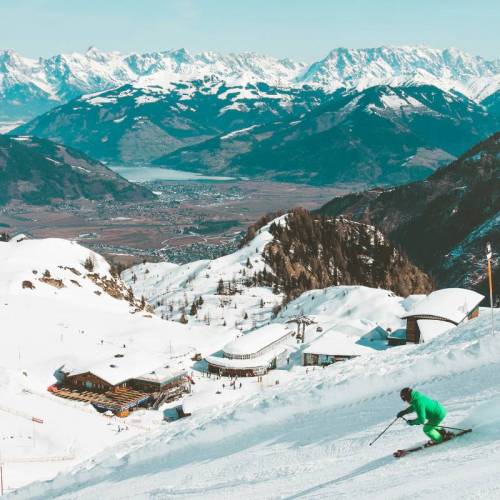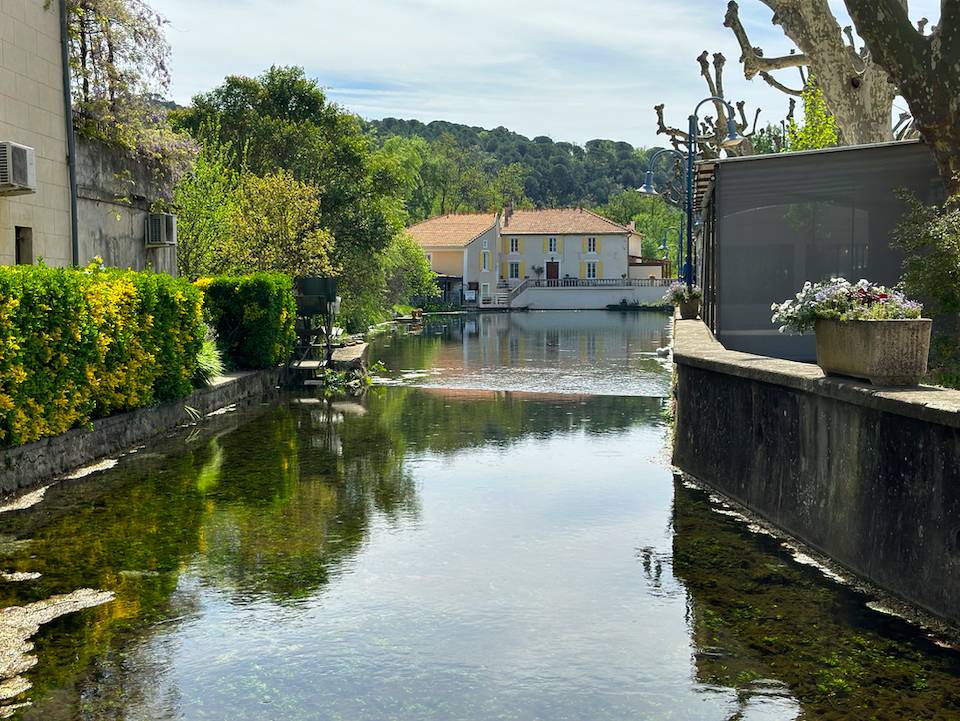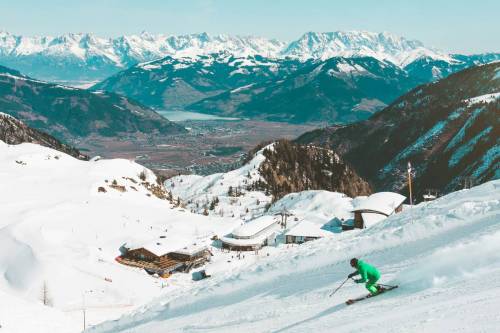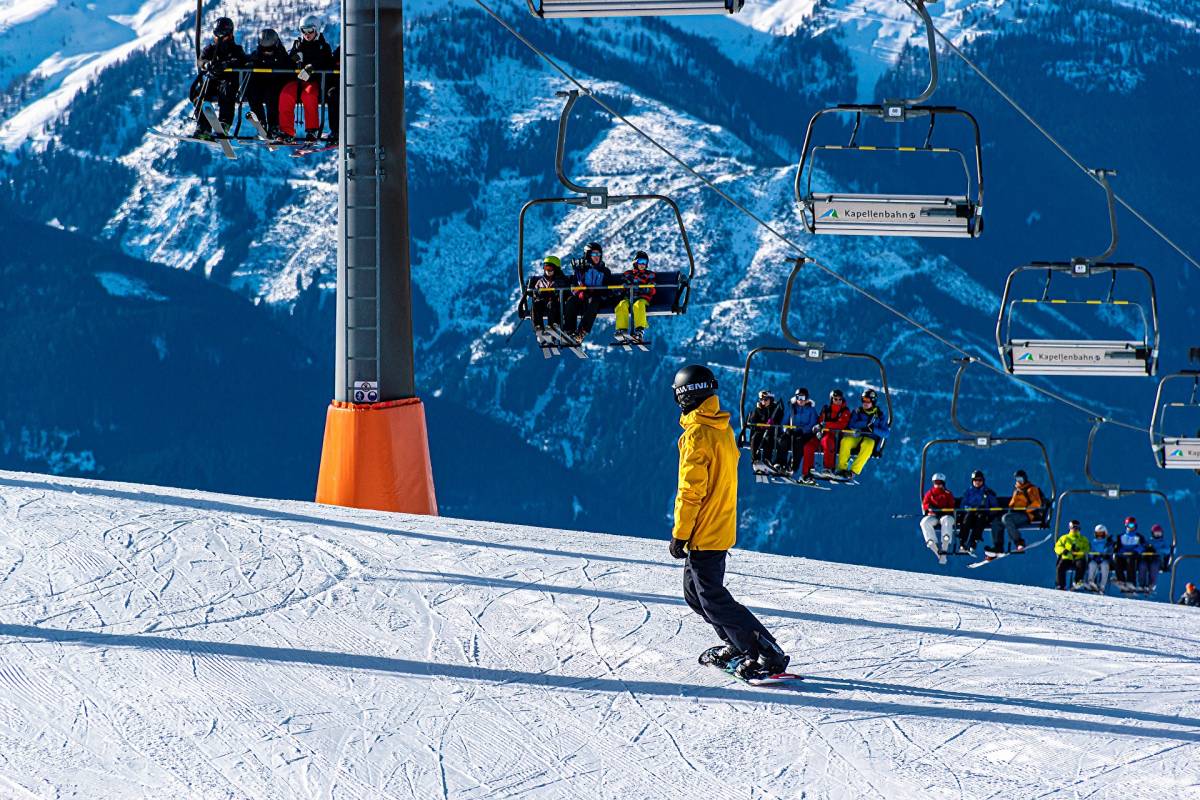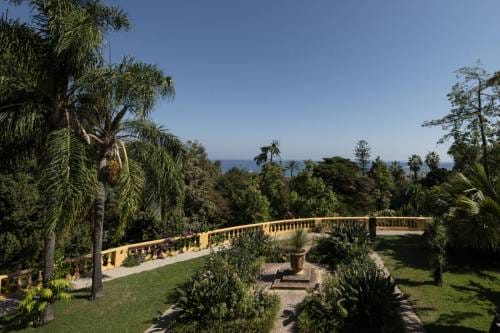Tired of the hustle and bustle of a big city, dreaming of some peace and quiet? Take a few days to explore a small peaceful village. Less known places off the beaten track often tend to be especially interesting and pleasant in every way. Let us introduce you to one such village in the Occitania region. Goudargues is just a three and a half hours drive from Monaco.
The secret of Goudargues charm
Goudargues stands out from the neighbouring villages thanks to a canal running right through the heart of it. On a hot summer’s day, sit by the water and enjoy the shade of two-hundred-year-old plane trees with a glass of pastis… Late in the evening, when life in French towns traditionally comes to a standstill, restaurants and cafes along the Goudargues canal are unsurprisingly packed full.
This canal, making the fame of the village, is manmade. Back in Roman times, there had already been a road here. An oppidum, a fortified settlement, was thus built next to it, with a perfect view of the Cèze river. Sadly not much is preserved since those days, except the name of “Goudargues” as such. Somewhat Georgian sounding, it is of Latin origin. Gordanicum (or a French ‘gour d’eau’) stands for “a hole with water”, “a reserve keeping water cool even in the midst of heat.” The very first Goudargues residents thus not only settled next to underground springs, but also strived to channel them towards the surface.
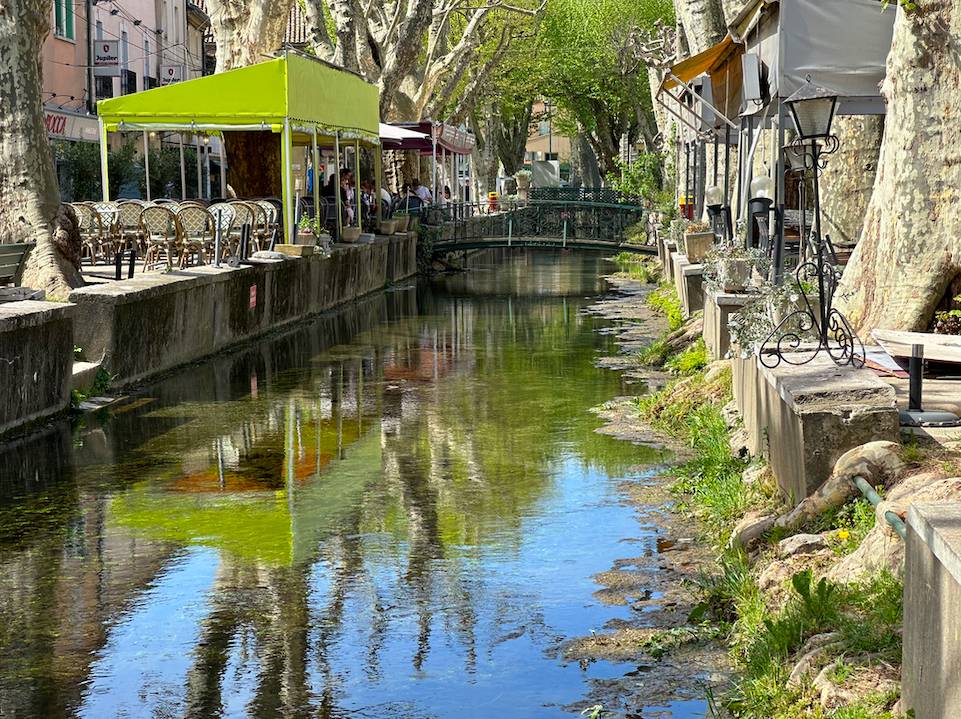
The Goudargues attractions
In the late 8th century, William (Guillaume) of Gellone, Count of Toulouse, defeated the Saracens. To commemorate his victory, he commissioned the construction of a local chapel. The remnants of this oldest Christian church in the Gard department may still be seen around the old cemetery. In 781, Guillaume then ordered the construction of the first monastery in Goudargues. The small chapel of Notre-Dame de Cazeneuve, recognized as a historical heritage monument, is a reminder of it to this day.
In the mid 12th century, Benedictine monks of Aniane, supported by the Uzès diocese, undertook the construction of a new monastery. To protect the area from attacks, to drain the soil and water the crops, they came up with an efficient canal system. A water mill was shortly built to produce flour and olive oil that operated up until the mid-twentieth century. It was dismantled not because of wear and tear, but due to the harsh winter of 1956 having taken away most of the local olive trees. 40 metres long and 16 metres wide, the monastery’s church remains the most impressive one in the Languedoc, the historic region in southern France.
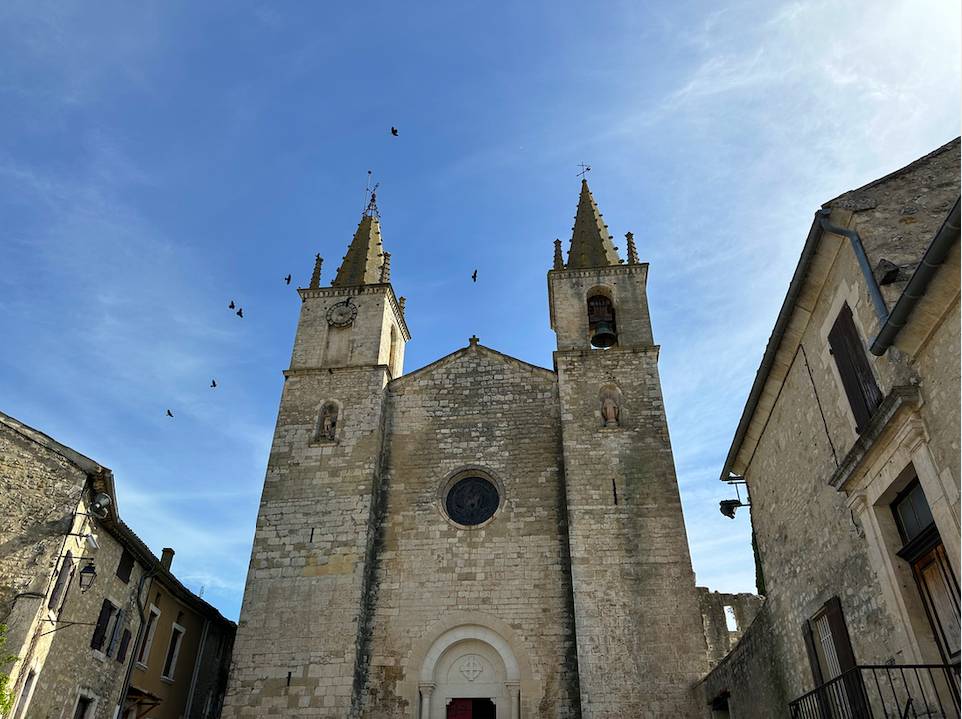
Sadly, the monastery was regularly attacked as early as the 13th century. The religious wars of the 16th–17th centuries and the Great French Revolution contributed to its final destruction. A 32-metre capitular hall (a hall where all the monastery residents gathered for prayer and meals) may give us an idea of its original size, however. Nowadays, it is a privileged venue for elections and art exhibitions. The Notre-Dame-et-Saint-Michel church was restored in 1823. In 1939 it was listed among the historical monuments of France.
Not far from the capitular hall you may see a public wash-place (a ‘lavoir’). Recently restored, it is another body of water where you may cool off on a hot summer day. Decorated with a cute bronze frog, it is known to bring good luck. If you stroke the frog, you will get married before the end of the year.
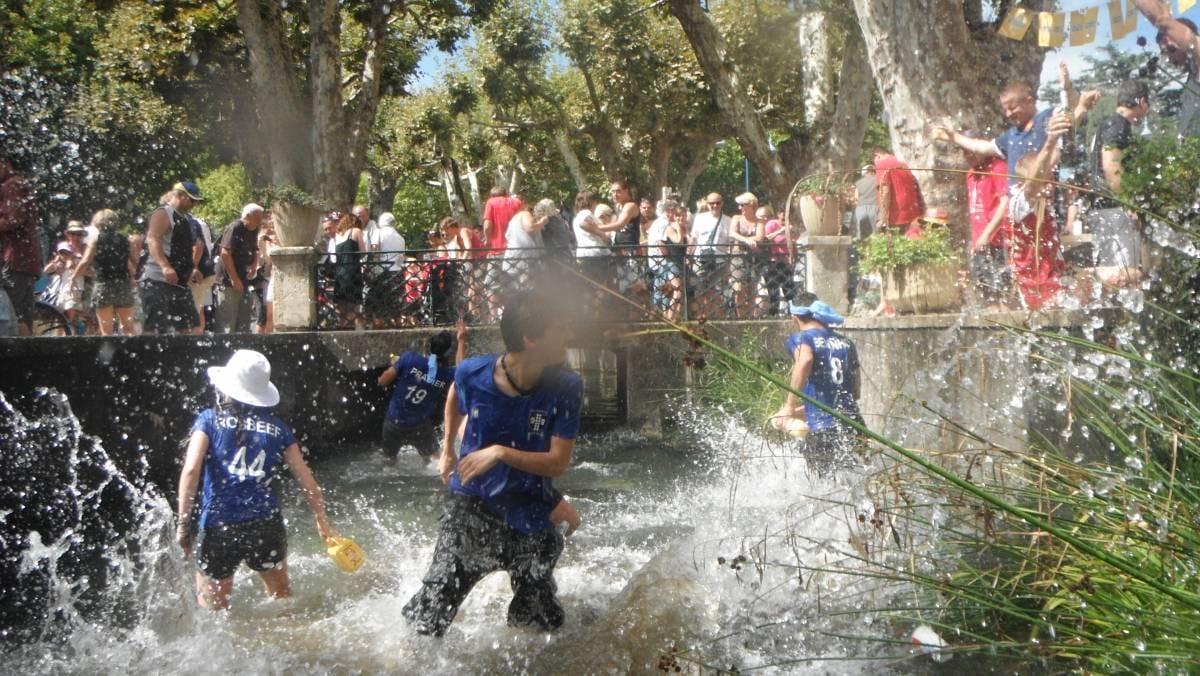
Things to do in Goudargues
Goudargues is a perfect place for a relaxing holiday in nature. Forget the hustle and bustle, enjoy the purest air and absolute peace and quiet. Admire the local vineyards, roses, olive groves and tree orchards, swim in the cleanest Sèze river and eat the local garden produce.
In the morning, as locals do, go for walk, play tennis, canoe, swim, explore the neighbourhood or go shopping. After a compulsory afternoon siesta in the south, spend your evening playing pétanque. Reward your victory with a snack of grilled vegetables and fried merguez sausages. Enjoy the local wine (we particularly recommend the red Château Saint Nabor you may buy right at the local winery, before the Goudargues turn).
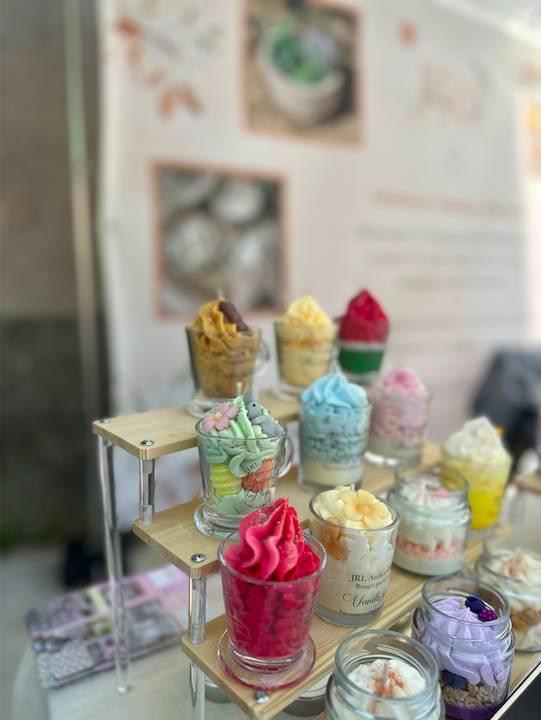
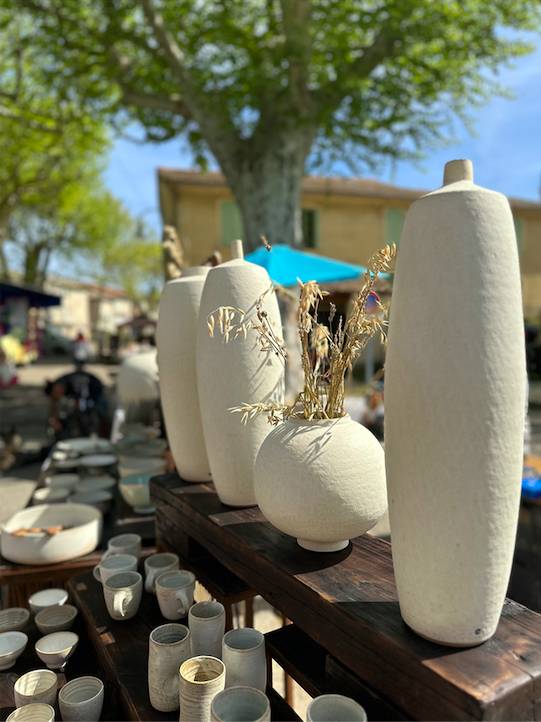
On Wednesdays, farmers from nearby villages all come to the main square. Enjoy the abundance of the freshest of local produce (sheep and goat cheese, meat cuts, honey, olives and village bread). Treat yourself to scented soap, lavender oil, cute souvenirs or 10-euro espadrilles shoes, Salvador Dali’s favourites.
In the early 1990s, Gerard Depardieu was a regular both at the market and the local bakery. He used to come and see his close friend who owned a house in the hamlet of Goussargues, four kilometres away from Goudargues. Jean Carmet starred in more than two hundred films, he is best known as Planchet from “The Three Musketeers” and as the veterinarian who treated Depardieu’s wounds in “Les Fugitifs”.
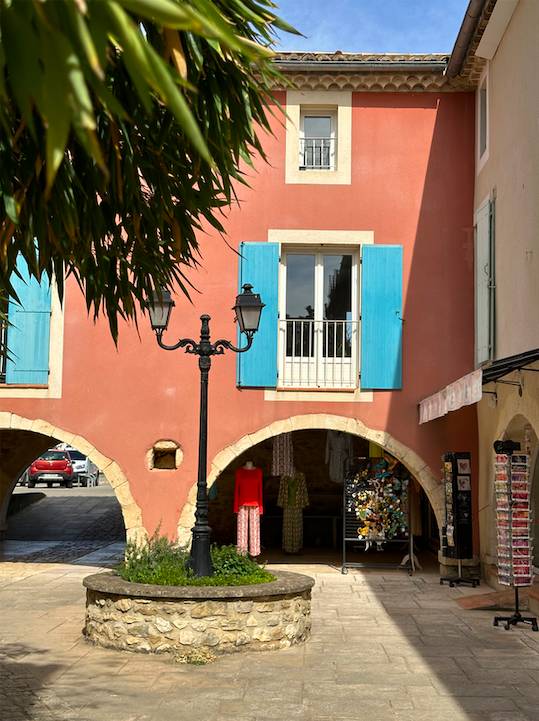
One-day trips in the area
The “Provencal Venice’s” convenient location, close to Occitania’s world-famous attractions, is another one of its advantages. Visit the highest surviving ancient Roman aqueduct Pont-du-Gard over the Gardon river, having given the name to this French department. Come and explore the ancient cities of Nîmes and Uzès or the scenic waterfalls of the Cascades du Sautadet, worthy of the attention of Jacques-Yves Cousteau. Explore the medieval villages of Montclus and La Roque-sur-Cèze or the limestone cave of Aven d’Orgnac with its impressive stalactites and stalagmites believed to be one hundred million years old.
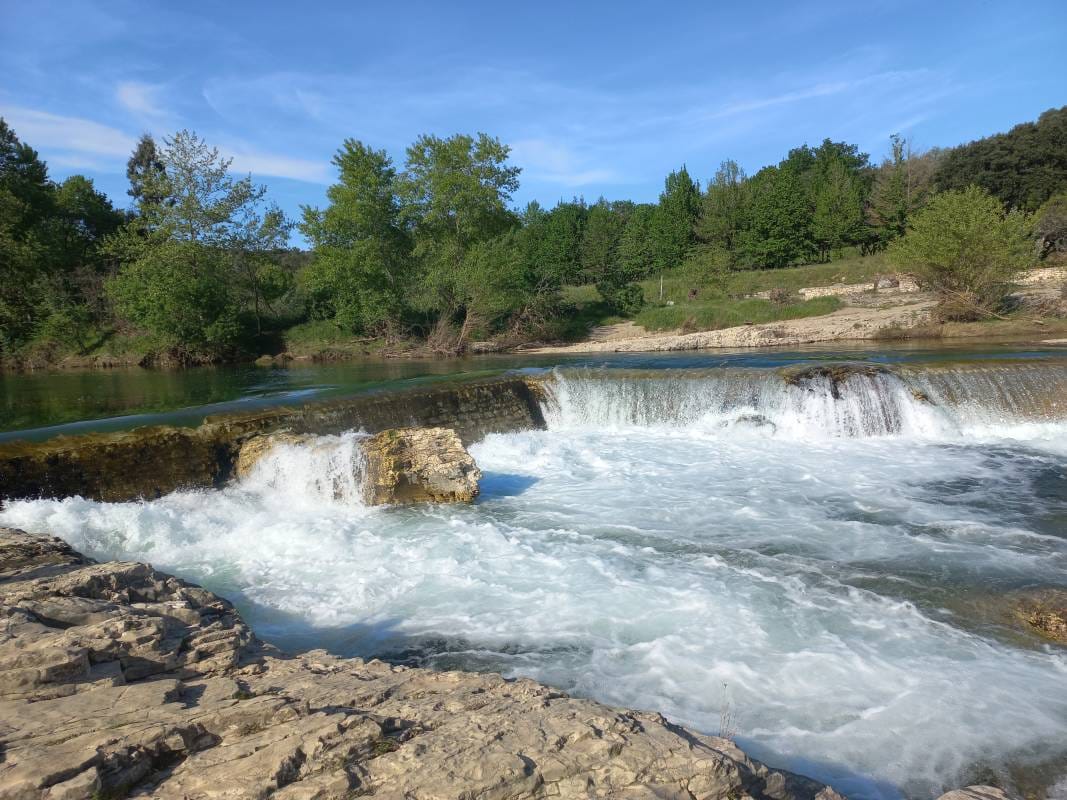
The grandiose gorges of the Ardèche are just 20–25 minutes drive away. This 30-kilometre-long “European Grand Canyon” is visited annually by more than a million tourists. 30 years ago, in 1994, the Chauvet Cave with its prehistoric rock paintings was discovered in the Ardèche river valley, near the town of Vallon-Pont-d’Arc. It is now listed as part of the UNESCO World Heritage. Since 2015, its exact copy, Grotte Chauvet 2, is open to the public.
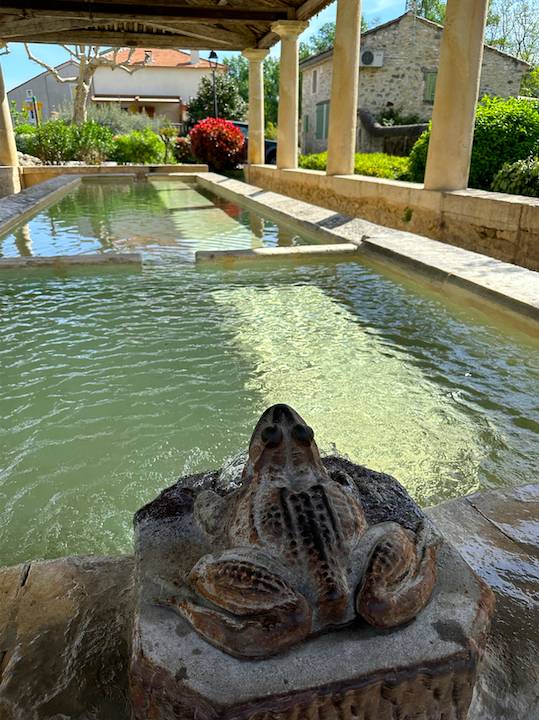
Best time to visit
From mid-July to mid-August the village of Goudargues is packed full. With the advent of tourists, its population of barely a thousand people increases multifold. Goudargues is particularly popular among the northern Europeans (Belgians, Dutch and Germans). Stocking up for the year to come, they are sunbathing bravely under the scorching sun. Swiss from the French-speaking cantons happily buy holiday homes, coming to Goudargues for the entire summer. Mid-July is lavender harvesting season, with its delightful scent filling the local fields…
On August 15, the Canal Festival is traditionally held with everyone dancing, singing and drinking right in the water (which, by the way, sourced by the underground springs, does not exceed 14 degrees all year round). Over the past few years, the mayor’s office has been trying to cancel the event or limit its participants. The small village just cannot cope with such an influx of visitors…
September is slightly cooler and less packed with tourists, with the river just as clean and perfect for swimming. On top of the summer attractions, you may then go hiking in the local mountains and gorges with no risk of heatstroke.
Places to stay
Opt for “Les Préludes” guest rooms for a week’s holiday. This is a restored 17th-century house with magnificent garden and forest views. Two kilometres away from Goudargues, it is set in the tiny Protestant hamlet of Ussel. Its few buildings are interconnected by basements. Back in the day, when attacked by the Catholics, the villagers could thus escape underground and hide in the largest house.
Just a stone’s throw away from Ussel is a lovely beach on the Sèze river banks where you may walk right in your swimming suit. “Les Préludes” owners will treat you to a hearty breakfast on the shaded terrace, cozy hammocks and will even play the piano if you feel nostalgic for music.
For those who demand more comfort we recommend choosing Clos des Sullys hotel in the hamlet of Bernas. This hotel situated in a perfectly restored building of the 12th century has an extraordinary view of the village of Montclus, included in the list of the most beautiful villages in France, an ancient bridge, the emerald Sèze river and lavender fields surrounded by endless forest. Clos des Sullys has a swimming pool, a splash pool for the little ones, a pétanque terrace, table tennis and billiards tables and a superb restaurant worthy of special mention.
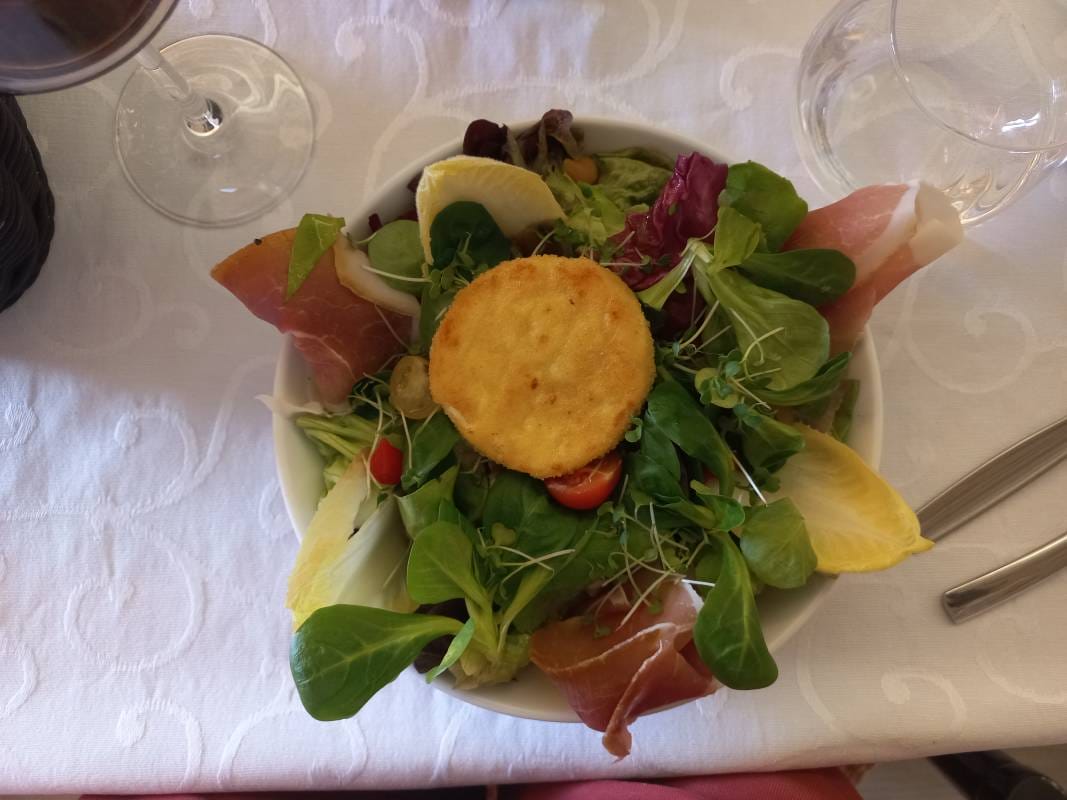
Recommended lunch place
We are all for the bistronomic “Le Sully”! The name speaks for itself bringing together haute cuisine and the simplicity and speed characteristic of a bistro. This kind of a restaurant for “friends” was opened by the highly skilled chef, tired of the stuffy atmosphere of prestigious establishments. Usually, bistronomic restaurants have a simple interior and affordable prices. Their products, however, are of premium quality, the food is fancy and creative, and the service is hearty (the chef himself could happily come out to the guests to get their feedback, give his grandmother’s recipes and, perhaps, share a digestif).
Depending on the weather and your mood, choose a table in a bright room with a vaulted ceiling or on an open terrace.

